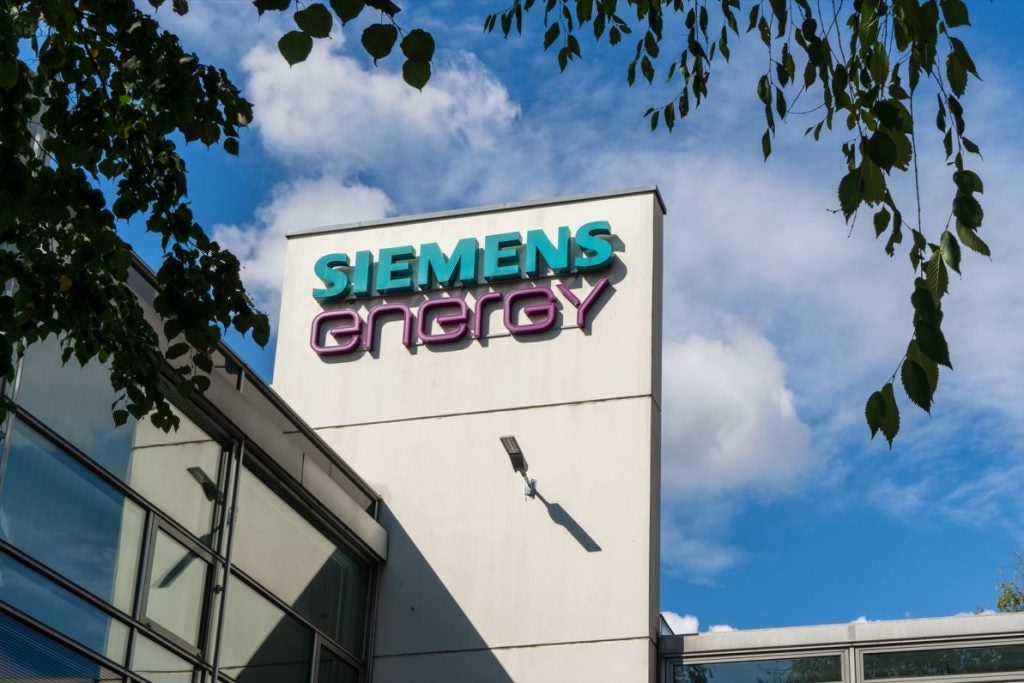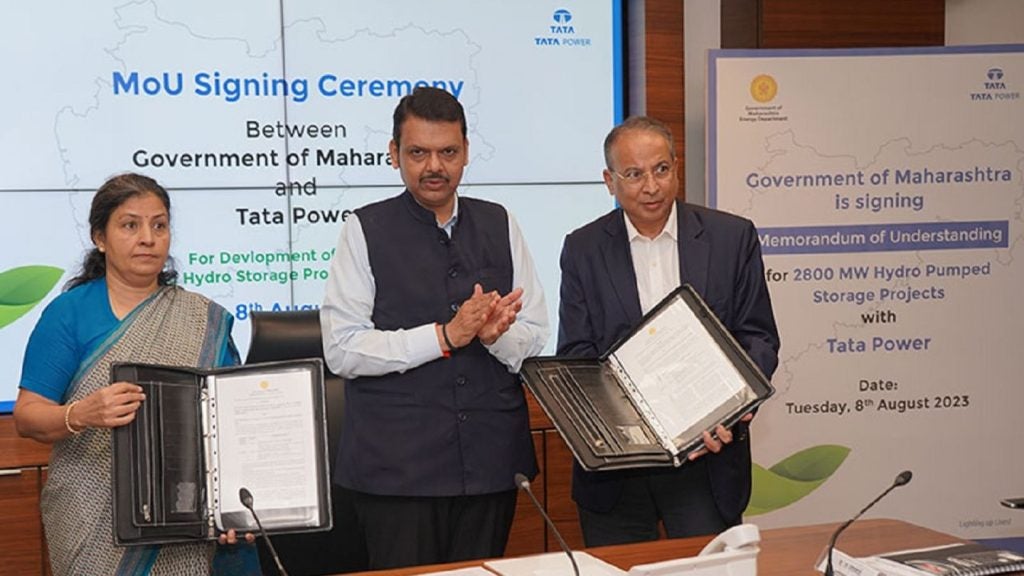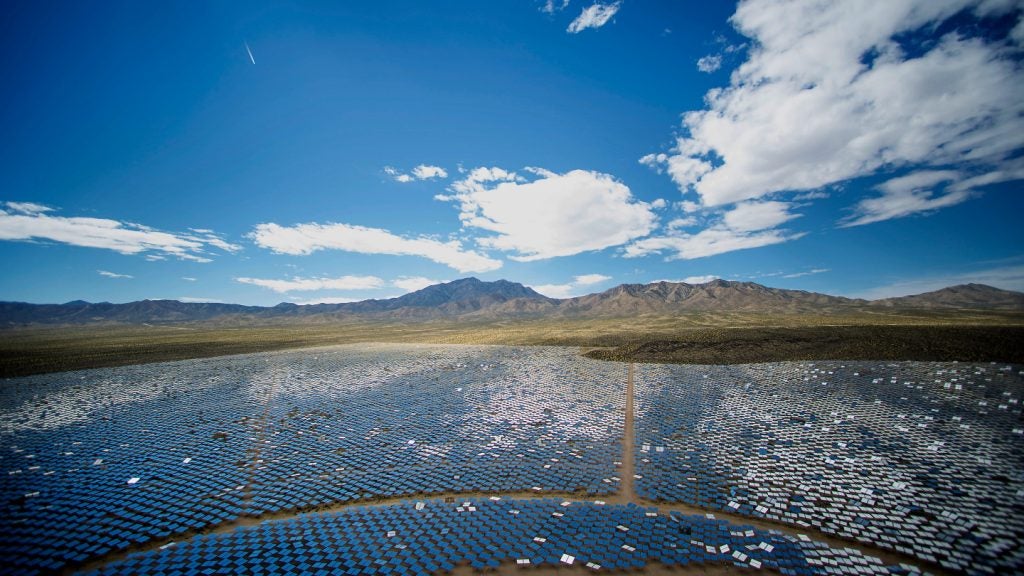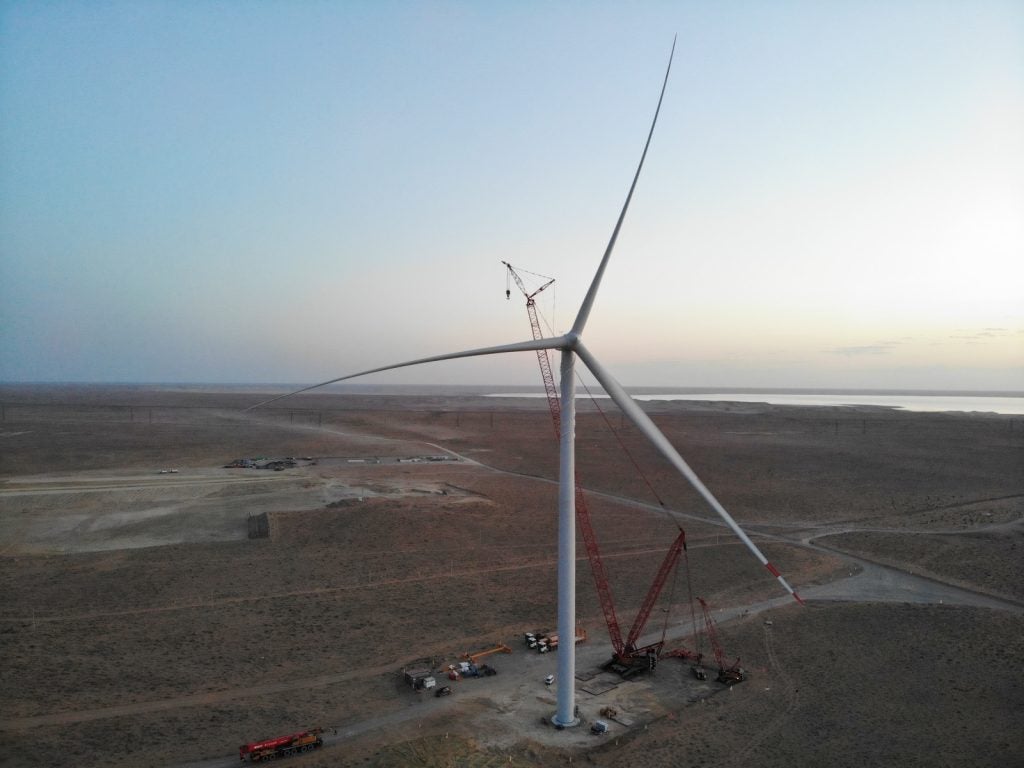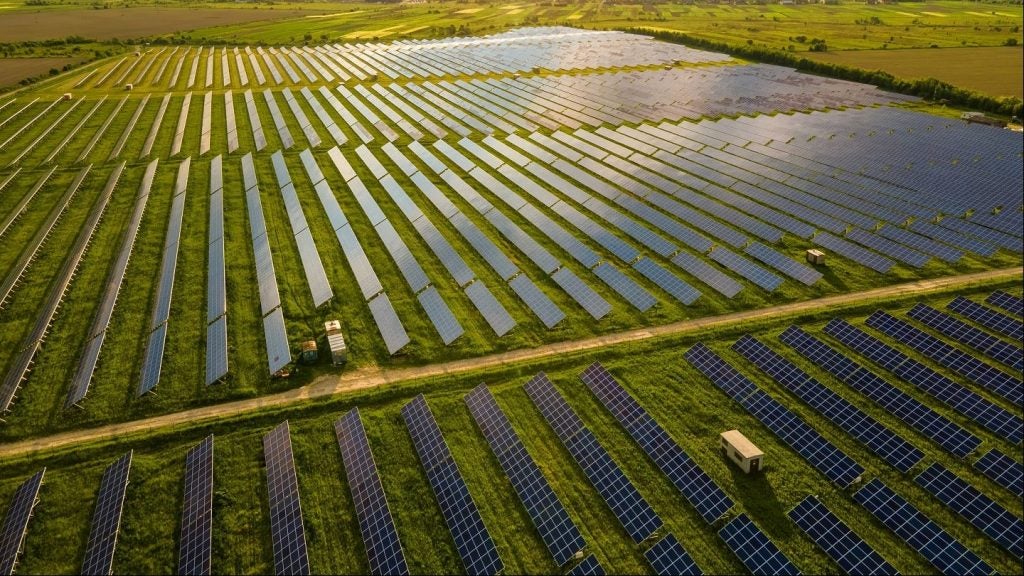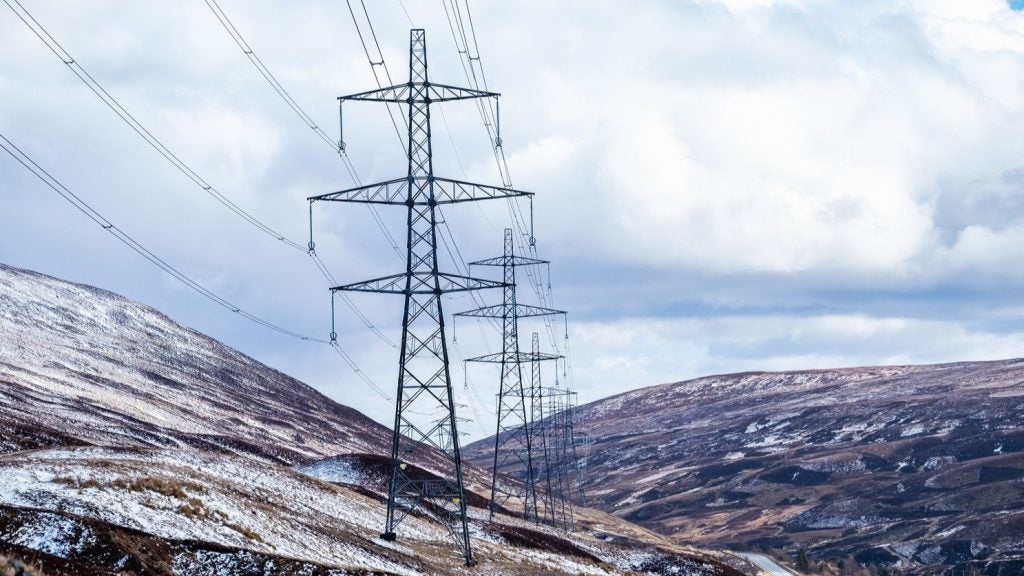German energy company Siemens has revealed that persistent problems with its wind turbine units will cost the company as much as €2.2bn ($2.4bn), contributing to an expected net loss of €4.5bn for the entire year.
Siemens found issues in its wind turbine unit, Siemens Gamesa, affecting as much as 30% of the company’s installed turbines. This equates to more than 132GW of wind capacity worldwide. Siemens only fully acquired Gamesa in June, having previously part-owned it.
The problems with the turbine units, stemming from flawed rotor blades and bearings that could cause damage, could cost Siemens more than $1bn to repair.
Siemens also stated that the Gamesa unit is expecting higher costs in the offshore sector of its business. This means that the projects already under way will become unprofitable should the customers choose to complete them.
Siemens Energy revealed the financial effects of the turbine unit problems in its earnings release for the third quarter of 2023. In the report, Siemens stated that it lost around €2bn, attributable mostly to the lingering issues within Siemens Gamesa. It is a steep lurch from Q3 2022, wherein the company lost $222m.
Siemens Energy CEO Christian Bruch stated: “Our third-quarter results demonstrate the challenges in turning around Siemens Gamesa. The strong performance of our other business areas gives me confidence in our company’s ability to put businesses back on a strong footing.”
Siemens Gamesa’s problems are being exacerbated by the current expansion of the EU's renewable energy targets. Siemens stated that 30GW of wind capacity must be added every year to attain EU targets by 2030. It added that while Gamesa is ramping up offshore production at several factories, the problems with acquiring raw materials have hampered progress.


